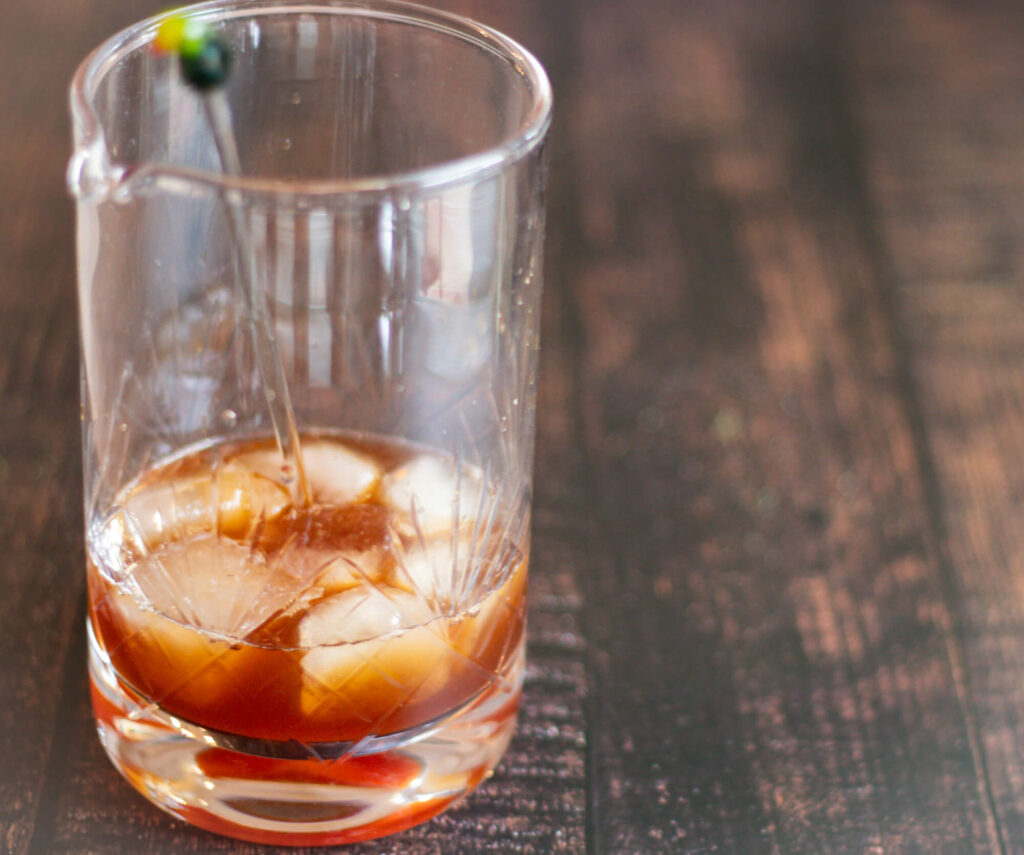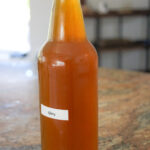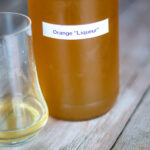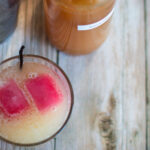Dry January is done and this here is the third and last post about the NA back bar, at least for this month. Please read (or at least skim) through the first post about this topic for more details and context.
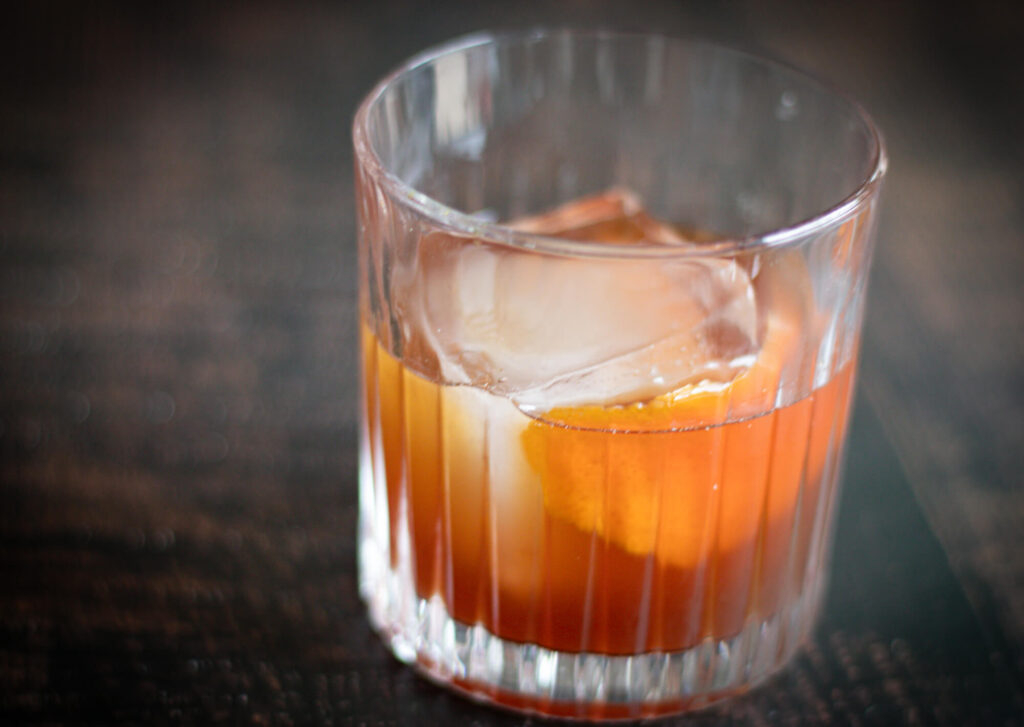
If you have read through the previous posts (here and here) about this process, these two components are similar. With the vermouth on hand, now you can make one of my favorite drink’s non-alcoholic version, the Negroni.
Non-Alcoholic Negroni
Adapted from Zero: A New Approach to Non-Alcoholic Drinks
Notes:
Use this formula as a template for other NA cocktails. Note how the base “spirit”, the tequila in this instance, is higher than the typical alcoholic cocktail at 3 fluid ounces as opposed to 2.
Yield: 1 drink
- 1.5 oz NA Gin
- 1.5 oz NA Campari
- 1.5 oz NA sweet vermouth (recipe below)
- Small pinch salt, plus extra for the glass rim if you like
- Orange peel for garnish
- Place all ingredients in a glass or shaker except for the orange peel. Stir with ice for 10-15 seconds.
- Pour over a large ice cube through a strainer. Garnish with the orange peel and enjoy.
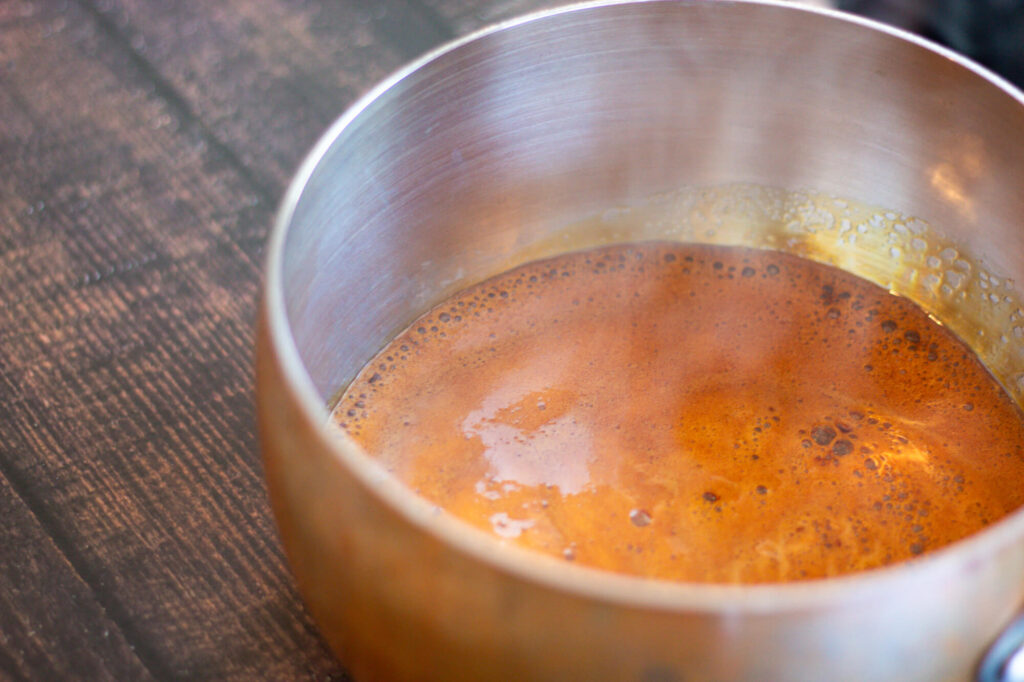
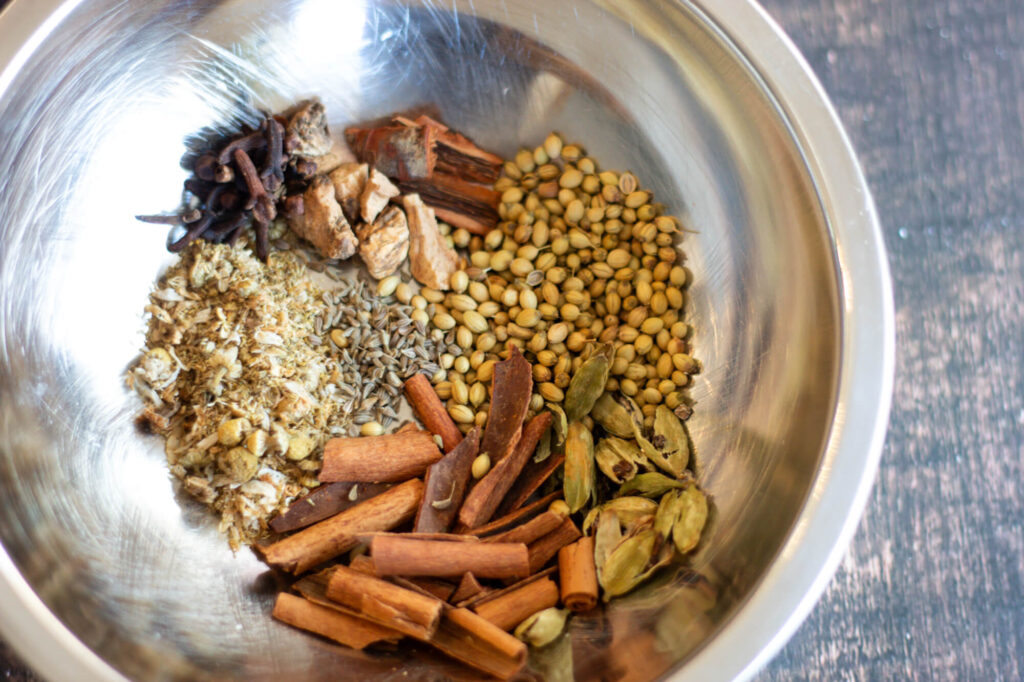
Ok, now on to the back bar recipes, but first some reminders:
Note 1: Some of the ingredients below might not be available at your local supermarket. I bought stuff like vegetable glycerin, gentian, angelica and all other tougher to find items online (Amazon).
Note 2: As opposed to the previous two entries in this non-alcoholic back bar series, both of these recipes are made in a pot on the stove (instead of in a vacuum bag with an immersion circulator) since the involves making a caramel and I suspect some evaporation is a good thing here. Still, be careful and do not let stuff boil much or the flavor will be off and you will lose liquid to evaporation.
Note 3: I have a scale that can weigh very small amounts (10th of a gram). There are many cheap options you can buy online (Amazon has a bunch). Scales sold for weighing coffee beans for espresso work well too. If all fails, you can just estimate but be extra careful with bittering ingredients like gentian.
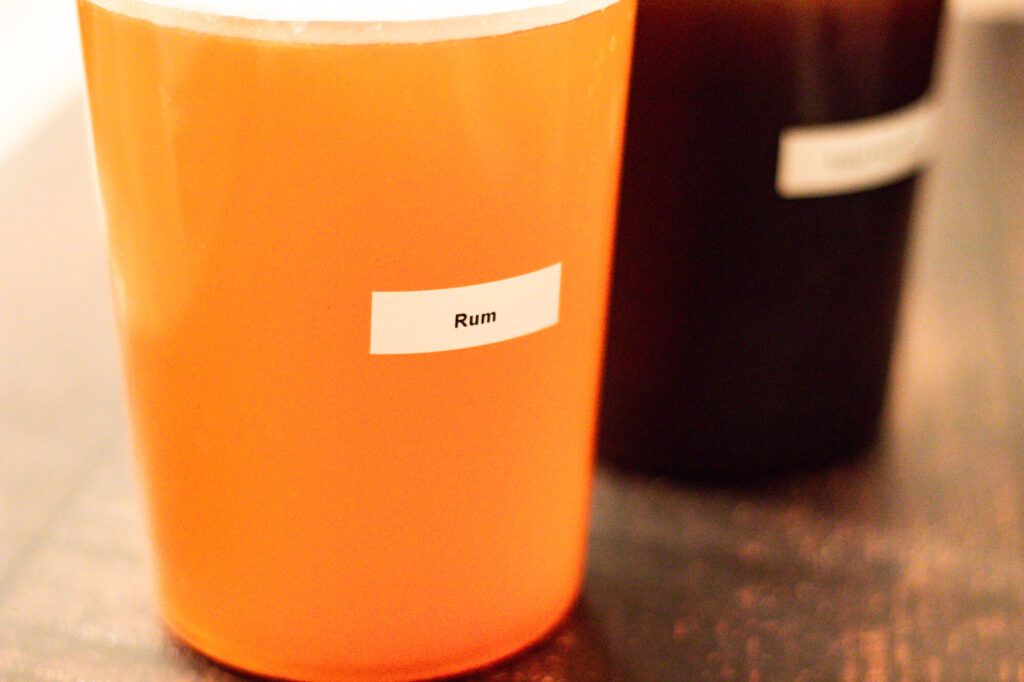
NA Spanish Rum
Adapted from Zero: A New Approach to Non-Alcoholic Drinks
Notes and flavor profile:
lightly sweet, vanilla, bitter, tannins
Spanish rum here as opposed to Caribbean style rum profile which would be a bit more funky with lots of caramel and banana notes. The book does have a recipe for that style as well.
Yield: About 1 Liter
- 60 gr Sugar
- 2 Vanilla beans, split and cut into pieces
- 25 gr Orange peels
- 7 gr Cocoa nibs
- 3 gr Nutmeg, grated
- 2 gr Salt
- 1000 gr Water
- Melt the sugar in a pan over medium heat until it caramelizes. You want it amber in color, not black or burnt.
- Add the remaining ingredients except for the water and stir everything for a minute.
- Slowly add the water, stir gently to combine and to dissolve the caramel that solidified.
- Bring the mixture to a boil and turn off the heat. Cover and let everything steep for one hour.
- Strain the liquid and store in a bottle in the refrigerator for as long as a few weeks, or freeze.
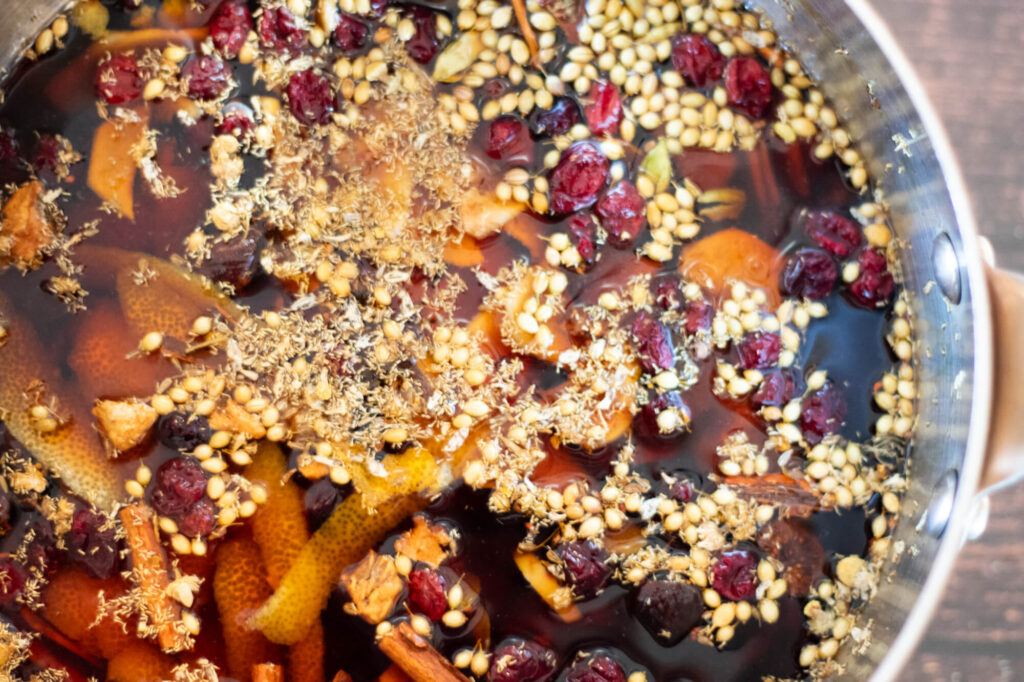
NA Sweet Vermouth
Adapted from Zero: A New Approach to Non-Alcoholic Drinks
Notes and flavor profile:
spices, bitter, mild caramel sweetness, dry fruit, light acidity
Vermouths in general are so complex, varied. No two brands are alike. It’s base is usually a wine and then all kinds of spices and herbs are added. This version makes a good approximation of the real thing and the idea of using verjus (a sour grape juice of sorts) is an excellent idea to provide acidity and wine notes without the alcohol.
Yield: About 1 Liter
- 100 gr Sugar
- 700 gr Water
- 200 gr Verjus (the red variety)
- 1 Vanilla bean, split and cut into pieces
- 40 gr Ginger, fresh, sliced thin against the fibers
- 40 gr Dried figs, roughly chopped
- 25 gr Dried cranberries or cherries
- 25 gr Orange peels
- 20 gr Lemon peels
- 16 gr Raisins
- 9 gr Cinnamon sticks, broken to pieces
- 4 gr Coriander seeds
- 2 gr Green cardamom pods, crushed
- 2 gr Gentian root
- 1 gr Cloves, whole
- 1 gr Dried chamomile
- 1 gr Cinchona bark
- 0.5 gr Anise seeds
- Melt the sugar in a pan over medium heat until it caramelizes to a deep dark color. You want it almost burnt and starting to smoke.
- Slowly add the water (careful with all the sizzling!), stir gently to combine and to dissolve the caramel that solidified.
- Add all the remaining ingredients and stir everything for a minute.
- Bring the mixture to a boil, cover the pot and turn the heat to low to maintain a bare simmer for one hour.
- Remove from the heat and allow it to completely cool.
- Strain the liquid and store in a bottle in the refrigerator for as long as a few weeks, or freeze.
